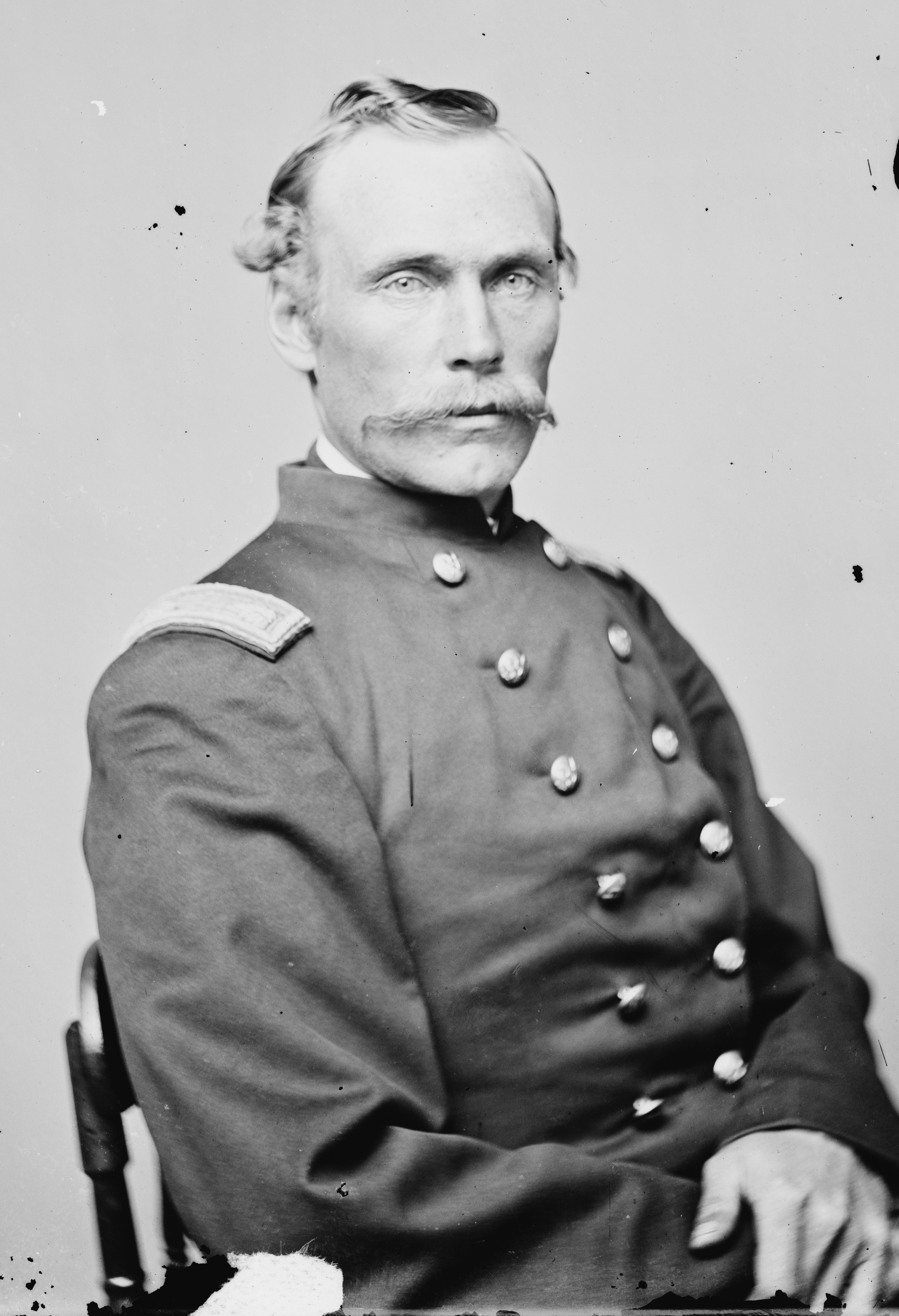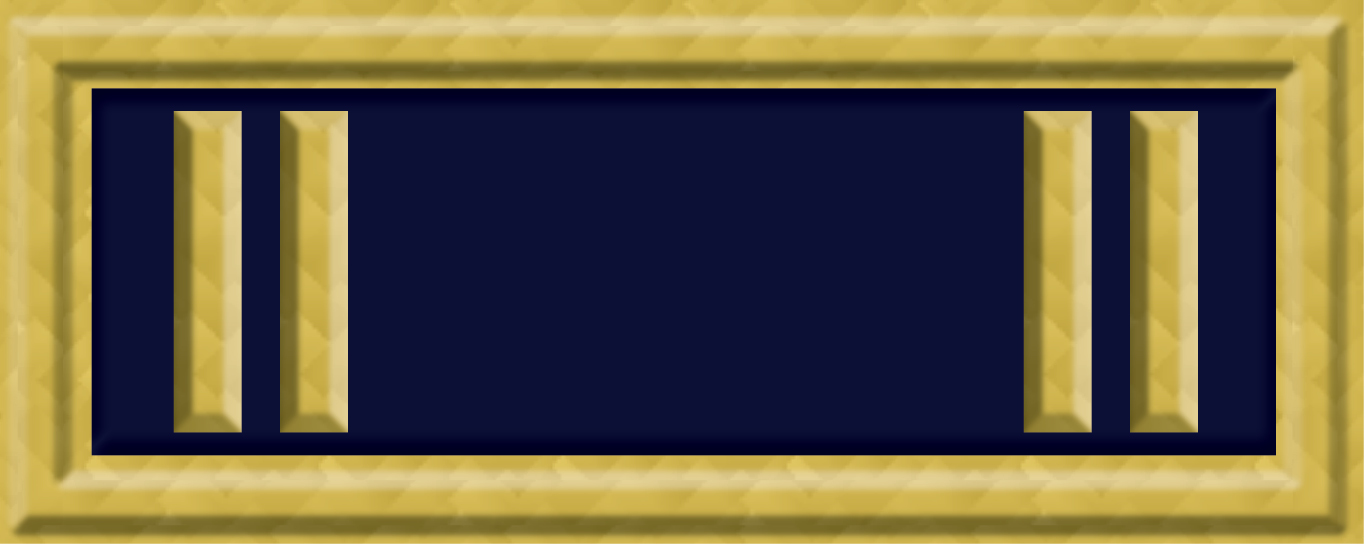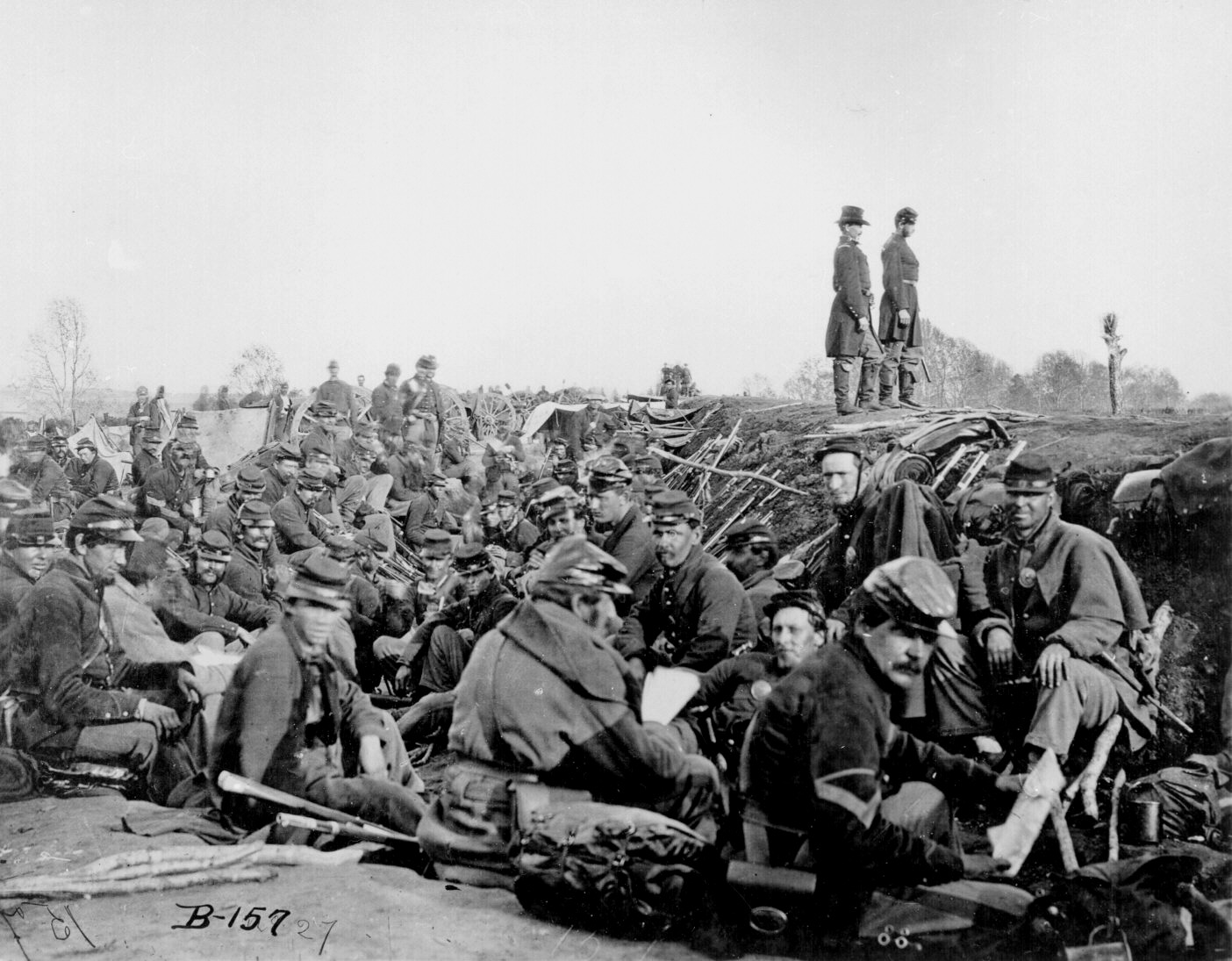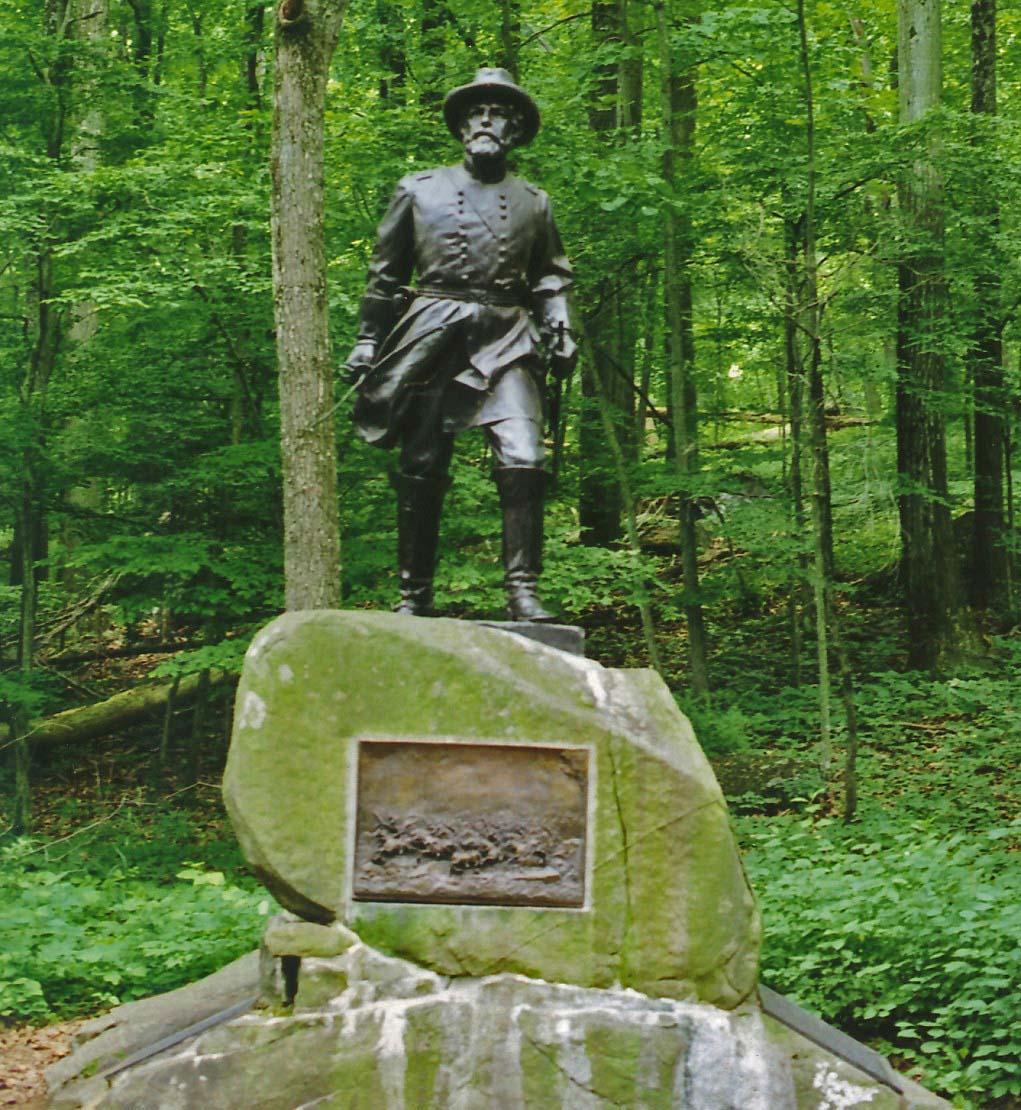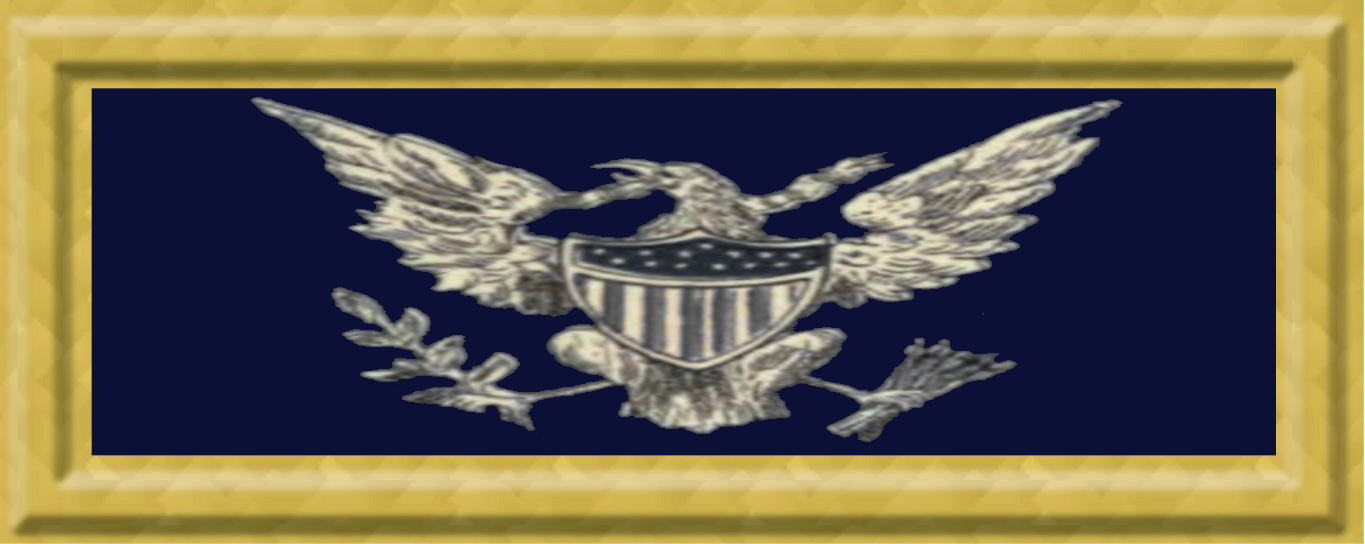|
1st Vermont Cavalry
The 1st Vermont Cavalry Regiment was a three years' cavalry regiment in the Union Army during the American Civil War. It served in the Eastern Theater of the American Civil War, Eastern Theater from November 1861 to August 1865, in the Cavalry Corps (ACW), Cavalry Corps, Army of the Potomac. History The regiment was mustered into Federal service on November 19, 1861, at Burlington, Vermont. Its first commander was Colonel (United States), Colonel Lemuel B. Platt, and the first Lieutenant Colonel (United States), lieutenant colonel was George Bradley Kellogg. Platt's appointment was an honor sometimes afforded to an individual who aided in raising and equipping a regiment; subsequent commanders included Jonas P. Holliday, Charles Henry Tompkins, Edward B. Sawyer, Addison W. Preston, William Wells (general), William Wells, and Josiah Hall. It was engaged in, or present at 76 engagements during the course of the war, from Mount Jackson on April 16, 1862, to Battle of Appomattox Cou ... [...More Info...] [...Related Items...] OR: [Wikipedia] [Google] [Baidu] |
United States
The United States of America (USA), also known as the United States (U.S.) or America, is a country primarily located in North America. It is a federal republic of 50 U.S. state, states and a federal capital district, Washington, D.C. The 48 contiguous states border Canada to the north and Mexico to the south, with the semi-exclave of Alaska in the northwest and the archipelago of Hawaii in the Pacific Ocean. The United States asserts sovereignty over five Territories of the United States, major island territories and United States Minor Outlying Islands, various uninhabited islands in Oceania and the Caribbean. It is a megadiverse country, with the world's List of countries and dependencies by area, third-largest land area and List of countries and dependencies by population, third-largest population, exceeding 340 million. Its three Metropolitan statistical areas by population, largest metropolitan areas are New York metropolitan area, New York, Greater Los Angeles, Los Angel ... [...More Info...] [...Related Items...] OR: [Wikipedia] [Google] [Baidu] |
Burlington, Vermont
Burlington, officially the City of Burlington, is the List of municipalities in Vermont, most populous city in the U.S. state of Vermont and the county seat, seat of Chittenden County, Vermont, Chittenden County. It is located south of the Canada–United States border and south of Montreal. As of the 2020 United States census, the population was 44,743. It is the List of U.S. states' largest cities by population, least populous city in the 50 U.S. states to be the most populous city in its state. A regional college town, Burlington is home to the University of Vermont (UVM) and Champlain College. Vermont's largest hospital, the University of Vermont Medical Center, UVM Medical Center, is within the city limits. The City of Burlington owns Vermont's largest airport, the Patrick Leahy Burlington International Airport, located in neighboring South Burlington, Vermont, South Burlington. In 2015, Burlington became the first city in the U.S. to run entirely on renewable energy. Hi ... [...More Info...] [...Related Items...] OR: [Wikipedia] [Google] [Baidu] |
Norwich University
Norwich University is a private university in Northfield, Vermont, United States. The university was founded in 1819 as the "American Literary, Scientific and Military Academy". It is the oldest of six senior military college, senior military colleges and is recognized by the United States Department of Defense as the "Birthplace of Reserve Officers' Training Corps, ROTC". History Founding The university was founded in 1819 in Norwich, Vermont, by Captain (United States), Captain Alden Partridge, military educator and former superintendent of United States Military Academy, West Point. Partridge believed in the "American System of Education," a traditional liberal arts curriculum with instruction in civil engineering and military science. After leaving West Point because of congressional disapproval of his system, he returned to his native state of Vermont to create the American Literary, Scientific and Military Academy. Partridge, in founding the academy, rebelled against ... [...More Info...] [...Related Items...] OR: [Wikipedia] [Google] [Baidu] |
Evander Law
Evander McIver Law (August 7, 1836 – October 31, 1920) was an author, teacher, and a Confederate general in the American Civil War. Early life Law was born in Darlington, South Carolina. His grandfather and his two great-grandfathers had fought in the American Revolutionary War under Francis Marion, the "Swamp Fox" guerrilla leader. He graduated from the South Carolina Military Academy (now The Citadel) in 1856 and was a professor of history at Kings Mountain Military Academy from 1858 to 1860, when he moved to Alabama to form his own Military High School in Tuskegee, Alabama. Civil War Immediately following Alabama's secession from the Union, Law joined the Alabama Militia as a captain. In April 1861 he transferred to the Confederate States Army as a captain in the 4th Alabama Infantry, a unit he helped recruit from students at his high school. The 4th Alabama was also known as the "Alabama Zouaves". The following month he was promoted to lieutenant colonel. At the ... [...More Info...] [...Related Items...] OR: [Wikipedia] [Google] [Baidu] |
Elon Farnsworth
Elon John Farnsworth (July 30, 1837 – July 3, 1863) was a Union Army captain in the American Civil War. He commanded Brigade 1, Division 3 of the Cavalry Corps (Union Army) from June 28, 1863 to July 3, 1863, when he was mortally wounded and died at the Battle of Gettysburg. He was nominated by President Abraham Lincoln for appointment to the grade of brigadier general on June 29, 1863 but was not confirmed by the United States Senate before his death at Gettysburg. Early life and career Farnsworth was born in Green Oak, Michigan on July 30, 1837.Eicher, John H., and David J. Eicher. ''Civil War High Commands''. Stanford, CA: Stanford University Press, 2001. . p. 596. Elon Farnsworth's uncle, John F. Farnsworth, served in the United States House of Representatives from Illinois between March 4, 1857 and March 3, 1861 and again between March 4, 1863 and March 3, 1873. John Farnsworth was a Union Army colonel who also commanded cavalry brigades (September 1862 to February 18 ... [...More Info...] [...Related Items...] OR: [Wikipedia] [Google] [Baidu] |
Skirmish At Miskel Farm
The Skirmish at Miskel Farm, also known as the Fight at Miskel Farm or Gunfight at Miskel Farm, was a skirmish during the American Civil War. It took place April 1, 1863, near Broad Run in Loudoun County, Virginia, between Mosby's Rangers and the 1st Vermont Cavalry as part of Mosby's operations in Northern Virginia. The 2nd Pennsylvania surprised and attacked the Rangers, who were bivouacked on the farm of Thomas Miskel. The Rangers successfully defended the attack and subsequently routed the 2nd Pennsylvania, inflicting heavy casualties and taking many prisoners. Background On the afternoon of March 31, Mosby and about 70 of his Rangers set out from Rectortown in Fauquier County towards Fairfax County through snow and rain. Their destination was Dranesville near the Loudoun– Fairfax border. They planned on attacking the Union garrison stationed there, which was often sent into Loudoun and Fauquier to raid Mosby's Confederacy. Unfortunately for the Rangers, they were f ... [...More Info...] [...Related Items...] OR: [Wikipedia] [Google] [Baidu] |
Siege Of Petersburg
The Richmond–Petersburg campaign was a series of battles around Petersburg, Virginia, fought from June 9, 1864, to March 25, 1865, during the American Civil War. Although it is more popularly known as the siege of Petersburg, it was not a classic military siege, in which a city is Encirclement, encircled with fortifications blocking all routes of ingress and egress, nor was it strictly limited to actions against Petersburg. The campaign consisted of nine months of trench warfare in which Union Army, Union forces commanded by Lieutenant general (United States), Lieutenant General Ulysses S. Grant assaulted Petersburg unsuccessfully and then constructed trench lines that eventually extended over from the eastern outskirts of Richmond, Virginia, to around the eastern and southern outskirts of Petersburg. Petersburg was crucial to the supply of Confederate States Army, Confederate General (CSA), General Robert E. Lee's army and the Confederate States of America, Confederate capi ... [...More Info...] [...Related Items...] OR: [Wikipedia] [Google] [Baidu] |
Overland Campaign
The Overland Campaign, also known as Grant's Overland Campaign and the Wilderness Campaign, was a series of battles fought in Virginia during May and June 1864, towards the end of the American Civil War. Lieutenant general (United States), Lt. Gen. Ulysses S. Grant, general-in-chief of all Union Army, Union armies, directed the actions of the Army of the Potomac, commanded by Major general (United States), Maj. Gen. George G. Meade, and other forces against Confederate States Army, Confederate General (CSA), Gen. Robert E. Lee's Army of Northern Virginia. Although Grant suffered severe losses during the campaign, it was a strategic Union victory. It inflicted proportionately higher losses on Lee's army and maneuvered it into a siege at Richmond in the American Civil War, Richmond and Petersburg, Virginia, in just over eight weeks. Crossing the Rapidan River on May 4, 1864, Grant sought to defeat Lee's army by quickly placing his forces between Lee and Richmond and inviting an ope ... [...More Info...] [...Related Items...] OR: [Wikipedia] [Google] [Baidu] |
Battle Of Appomattox Court House
The Battle of Appomattox Court House, fought in Appomattox County, Virginia, on the morning of April 9, 1865, was one of the last, and ultimately one of the most consequential, battles of the American Civil War (1861–1865). It was the final engagement of Confederate General in Chief Robert E. Lee and his Army of Northern Virginia before they surrendered to the Union Army of the Potomac under the Commanding General of the United States Army, Ulysses S. Grant. Lee, having abandoned the Confederate capital of Richmond, Virginia, after the nine-and-a-half-month Siege of Petersburg and Richmond, retreated west, hoping to join his army with Confederate forces, the Army of Tennessee in North Carolina. Union infantry and cavalry forces under General Philip Sheridan pursued and cut off the Confederates' retreat at the central Virginia village of Appomattox Court House. Lee launched a last-ditch attack to break through the Union forces to his front, assuming the Union force consiste ... [...More Info...] [...Related Items...] OR: [Wikipedia] [Google] [Baidu] |
William Wells (general)
William W. Wells, Jr. (December 14, 1837 – April 29, 1892) was a businessman, politician, and general in the Union Army during the American Civil War and a Medal of Honor recipient for his gallantry in the Battle of Gettysburg. Early life and education Wells was born in Waterbury, Vermont, the third of ten children (nine boys) of William and Eliza Wells. He began his education in the common schools of his native town, and mastered the higher branches in Barre Academy and Kimball Union Academy in Meriden, New Hampshire. While in Barre, at the age of 17, he used an odometer in surveying for a county map of Caledonia County, Vermont, Caledonia County, a task which occupied him for two months. From age 19 until the spring of 1861, he was his father's assistant in his extensive business. Civil War At the outbreak of the American Civil War, Wells and three of his brothers joined the Union Army. Wells enlisted as a private soldier on September 9, 1861, and assisted in raising Com ... [...More Info...] [...Related Items...] OR: [Wikipedia] [Google] [Baidu] |
Charles Henry Tompkins
Charles Henry Tompkins (September 12, 1830 – January 18, 1915) was an American officer who served as a Union Army colonel, who received an appointment to the brevet grade of Brigadier General of volunteers during the American Civil War. He was a recipient of the Medal of Honor for valor in action on June 1, 1861, in the Battle of Fairfax Court House (June 1861). This was the first action in the Civil War for which a Union Army officer would receive the Medal of Honor, although it was not awarded until 1893. He is not to be confused with another Union officer, Brevet Brigadier General Charles H. Tompkins (1834 – 1895) who commanded the 1st Rhode Island Light Artillery Regiment. Early life and career Tompkins was born in Fort Monroe, Virginia, on September 12, 1830. He was the son of Colonel Daniel D. Tompkins, a career Army officer, and was the grand nephew of Vice President Daniel D. Tompkins. He received an appointment to West Point from Brooklyn, New York, as a ... [...More Info...] [...Related Items...] OR: [Wikipedia] [Google] [Baidu] |
